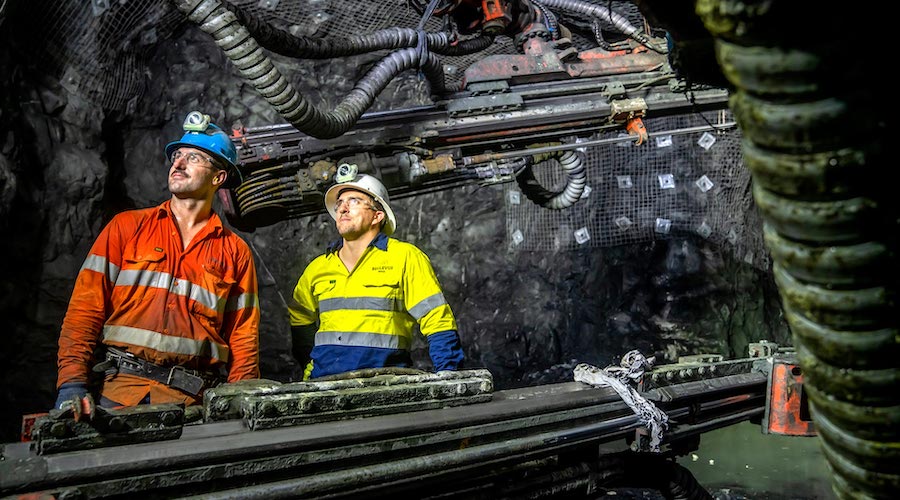Arizona once had tall mountains, indicative of copper deposits

A research group led by Jay Chapman, an assistant professor at the University of Wyoming, published a study that shows that much of the southwestern United States was once a vast plateau with elevations in excess of 10,000 feet and looked less like a desert and more like the Tibetan plateau north of the Himalayan Mountains or the Altiplano in the Andes Mountains in South America.
The finding, which was published in the scientific journal Geology, has implications for the distribution of natural resources, such as copper, and provides insight into the formation of mountains during the subduction of tectonic plates.
The study suggests that, during the Late Cretaceous to Early Paleogene period, the southern US may have had elevations in excess of 10,000 feet
Chapman and his colleagues reached such a conclusion after analyzing the chemistry of igneous rocks to determine how thick Earth’s crust was in the past and then related the thickness to elevation.
The study determined that the crust in southern Arizona was once almost 60 kilometres thick, which is twice as thick as it is today — and comparable to how thick the crust is in parts of the Himalayas.
“While the ancient mountains were forming, magma intruded into the crust and formed rocks like granite,” Chapman said in a media statement. “When the crust was really thick, the magmas experienced extreme pressure from the weight of all the rocks above them, which caused distinctive changes in the types and the chemistry of the minerals that formed those rocks.”
According to the researcher, previous studies have noted a correlation between large copper ore deposits and regions of thick crust.
“For example, there are many copper mines in the Andes Mountains in Chile. The results of this study strengthen that correlation and may aid in exploration efforts,” Chapman said.
More News
{{ commodity.name }}
{{ post.title }}
{{ post.date }}




Comments